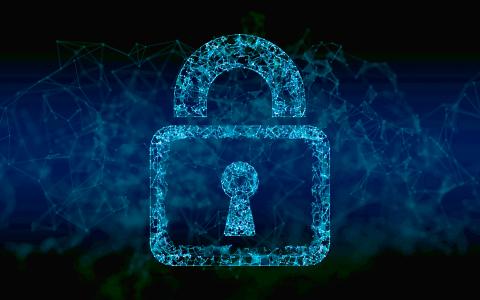
Cybersecurity
Get Started
To protect your network, your customers, and your data, your organization needs cybersecurity guidance, solutions, and training that are practical, actionable, and enables you to cost-effectively address and manage your cybersecurity risks.
The NIST Cybersecurity Framework 2.0 is voluntary guidance, based on existing standards, guidelines, and practices for organizations to better manage and reduce cybersecurity risk.

NIST’s Cyber AI Profile Preliminary Draft
The NIST NCCoE is excited to announce the release of the preliminary draft NIST IR 8596, Cybersecurity Framework Profile for Artificial Intelligence (Cyber AI Profile).
AI has become a driving force behind today’s technological development, transforming industries and redefining how society operates. Advancements in AI technology introduce both cybersecurity opportunities and challenges to organizations.
NIST’s preliminary draft Cyber AI Profile is intended to help organizations strategically adopt AI while addressing and prioritizing cybersecurity risks stemming from its advancements.
The Cyber AI Profile addresses the following Focus Areas:
- Securing AI System Components (Secure)
- Conducting AI-Enabled Cyber Defense (Defend)
- Thwarting AI-enabled Cyber Attacks (Thwart)
The profile is open for comments until January 30, 2026. Comments on the profile can be submitted by completing a comment form and emailing it to [email protected] before due date.
More Cybersecurity Resources
CISA's Cross-Sector Cybersecurity Performance Goals 2.0 (CPGs) are a subset of cybersecurity practices, selected through a thorough process of industry, government, and expert consultation, aimed at meaningfully reducing risks to both critical infrastructure operations and the American people.
In this guidance, CISA lays out questions and resources that organizations buying software can use to better understand a software manufacturer’s approach to cybersecurity and ensure that the manufacturer makes secure by design a core consideration.
This resource offers an action plan informed by the way cyberattacks actually happen. It breaks the tasks down by role, starting with the Chief Executive Officer (CEO). It then details tasks for a Security Program Manager and the Information Technology (IT) team. While following this advice is not a guarantee you will never have a security incident, it does lay the groundwork for building an effective security program.
In this practice guide, the National Cybersecurity Center of Excellence (NCCoE) applies standards, best 270 practices, and commercially available technology to demonstrate various mechanisms for trusted 271 network-layer onboarding of IoT devices. This guide shows how to provide network credentials to IoT 272 devices in a trusted manner and maintain a secure device posture throughout the device lifecycle.
This resource discusses the value of SBOM-driven transparency for SaaS and offers recommendations for advancing transparency in SaaS software
This guide is meant to provide organizations with proactive steps to reduce the likelihood and impact of distributed denial-of-service (DDoS) attacks. These attacks can cost an organization time and money and may impose reputational costs while resources and services are inaccessible
This living repository includes cybersecurity services provided by CISA, widely used open source tools, and free tools and services offered by private and public sector organizations across the cybersecurity community.
Cybersecurity basics, guidance, solutions, and training to protect your information and manage your cybersecurity risks.
An action-oriented guide for leaders of small businesses on where to start implementing organizational cybersecurity practices.
This series of practices are exceptionally risky, especially in organizations supporting critical infrastructure. The presence of these Bad Practices is exceptionally dangerous and increases risk to our critical infrastructure, on which we rely for national security, economic stability, and life, health, and safety of the public.
The Cyber Resilience Review is a no-cost, voluntary, non-technical assessment to evaluate an organization’s operational resilience and cybersecurity practices.

